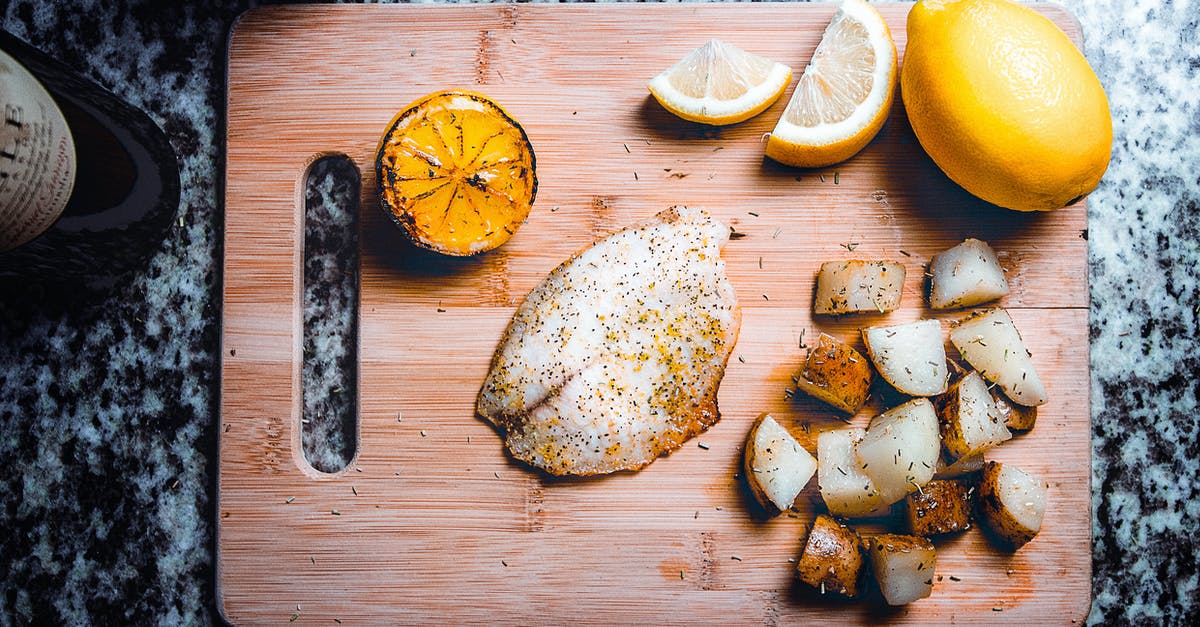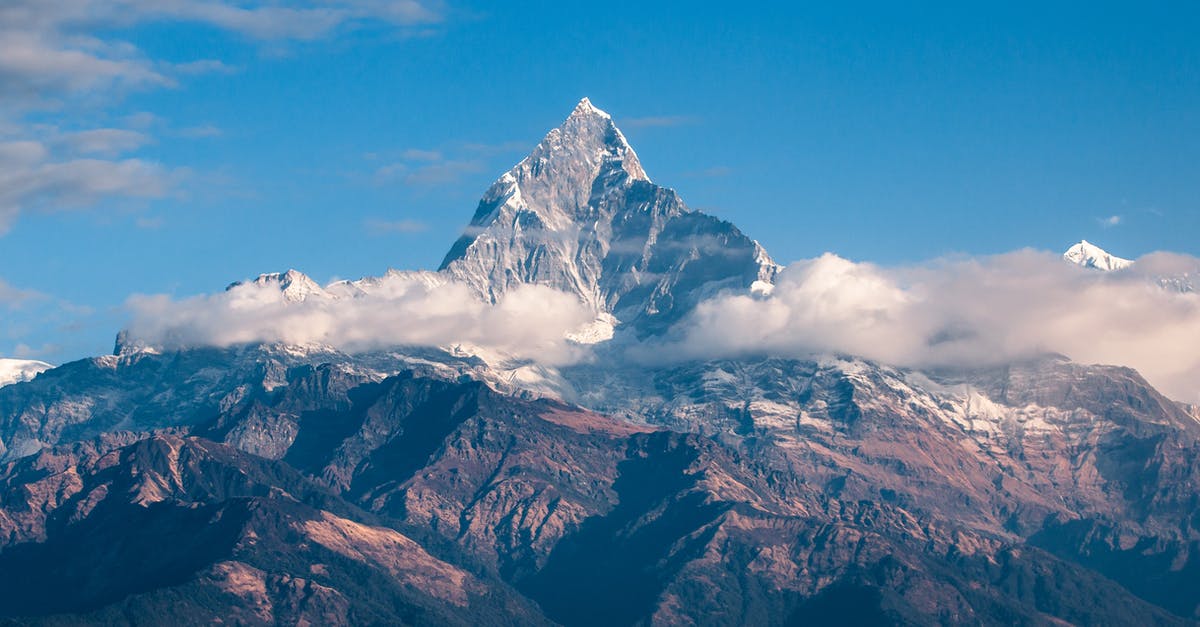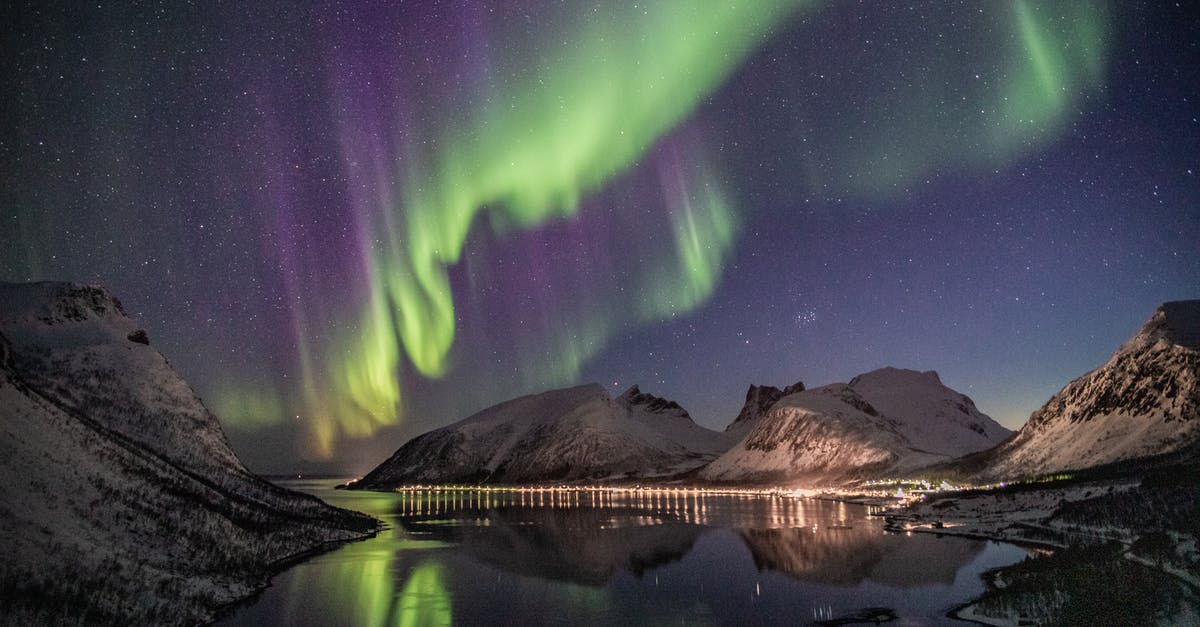Charles Darwin high altitude cooking of potatoes

I just read about Charles Darwin's attempt to boil potatoes while at high altitudes. In The Voyage of the Beagle you can read:
Having crossed the Peuquenes [Piuquenes], we descended into a mountainous country, intermediate between the two main ranges, and then took up our quarters for the night. We were now in the republic of Mendoza. The elevation was probably not under 11,000 feet [...]. At the place where we slept water necessarily boiled, from the diminished pressure of the atmosphere, at a lower temperature than it does in a less lofty country; the case being the converse of that of a Papin's digester. Hence the potatoes, after remaining for some hours in the boiling water, were nearly as hard as ever. The pot was left on the fire all night, and next morning it was boiled again, but yet the potatoes were not cooked.
At that altitude the boiling temperature should be around 88°C depending on local variance and weather, but as far as I know that should be more than enough to break down the starch and pectin in a potato. There are a number of sous vide recipes which states that you can boil potatoes at 87°C or even lower.
Why couldn't Charles Darwin cook his potatoes? Was it a special kind of potato or was the boiling point even lower where he was?
This is keeping me up at night, could anyone help me understand this?
Best Answer
My guess of what happened was that the potatoes were sitting in an open pot that was not in a rolling boil. I'm going to assume that they went down from the pass and the place where "they took up [their] quarters" was at 11,000ft. This region was then, as it is today, almost destitute of vegetation. Darwin notes in the paragraph just before the potato comment that
The root of a small scrubby plant served as fuel, but it made a miserable fire, and the wind was piercingly cold.
Temperatures in that region average close in the 2 to 4C in March. The poor fuel and the winds make it likely that there was no rolling boil and that while parts of the pot may have been at 89C (the boiling temperature at 11000ft) it is likely that the rest of the pot was not. The poor fuel and the cold and dry wind all contributed to the lower temperatures, not just the air pressure. Bubbles form at the bottom of the pot and rise, so the water appears to be boiling, but it is far from the boiling temperature near the upper walls.
I have experienced this problem using my modern MSR backpacking stove, so I imagine it must have been harder with a camp fire. I got the impression they were not carrying tents. Darwin notes that the next day (after the night of the uncooked potatoes) they found shelter under "some large fragments of rock." This makes it likely that there was no cooking inside some big tent and given the meagerness of their equipment, that the pots had no lids.
Darwin left Chile towards Mendoza on 18 March 1835 not along what are today Route 60 in Chile and Route 7 in Argentina, but up the Yeso Valley. When you cross the border you go through the Piuquenes Pass, which is at 13,235ft. What could be reached within a day's walk in the valley below is 10500ft or higher. So the assumption of 11000ft for where the potatoes where boiled seems reasonable.
Blanching at low temperatures (between 55C and 75C) for a little less than half an hour is a known technique for adding firmness to fruits and vegetables that will later be cooked in some other form (see page 283 of McGhee). Figure 2 in the study of potato blanching by Abu-Ghannam and Crowley, shows that potatoes cooked for an hour at 75C or lower had the same firmness of raw potatoes. As the blanching temperature increases to 90C, the softness of a cooked potato is reached in 30 minutes, with 80C being the approximate transition temperature for going into the cooked state.
The results of Abu-Ghannam and Crowley are in line with some of the sous-vide results I have seen, but not all. My guess is that depending on the balance between starch and cellulose the temperature at which pectin stops holding things together can vary.
Water boils at lower temperatures at higher elevations, but drops only to 80C at 19,000ft:
3353m 11,000ft 89C
4572m 15,000ft 85C
5791m 19,000ft 80C
Pictures about "Charles Darwin high altitude cooking of potatoes"



Do potatoes take longer to cook at high altitude?
An Introduction To High Altitude Cooking Food items that heavily rely on water's boiling point, such as pasta, potatoes, and braising meat, will simply take longer to cook since the boiling point of water is reduced at altitude.Does high altitude effect cooking?
Because water boils at a lower temperature at higher elevations, foods that are prepared by boiling or simmering will cook at a lower temperature, and it will take longer to cook. High altitude areas are also prone to low humidity, which can cause the moisture in foods to evaporate more quickly during cooking.How does boiling point change with altitude?
At sea level, water boils at 100 \xb0C (212 \xb0F). For every 152.4-metre (500 ft) increase in elevation, water's boiling point is lowered by approximately 0.5 \xb0C. At 2,438.4 metres (8,000 ft) in elevation, water boils at just 92 \xb0C (198 \xb0F).Will food cook faster at higher altitudes?
Cakes, breads and other foods that contain leavening agents rise more quickly at higher altitudes, because gases produced by the agents expand faster than at sea level. The loaves may collapse if the gases dissipate before the proper temperature is reached.The troubled genius who made Charles Darwin: Robert FitzRoy
More answers regarding charles Darwin high altitude cooking of potatoes
Answer 2
The temperature anything boils/cooks at changes with pressure
With low pressure (high altitude) water boils at a lower temperature, and starch breaks down at a slightly lower temperature too, but probably not enough to make a huge difference
Mr Darwin was a great and popular writer of the time, but not all his work is "scientific", there is lots of story in there, and maybe this is some of that? I assume he didn't have enough much fuel (a common problem at altitude), and therefore never really got the pot boiling for any length of time. They would have taken much longer to cook (time + temp)
Of course the potatoes could have evolved to become resistant to boiling :-)
Answer 3
11000 feet at the international standard atmosphere makes water boil at 87 degrees. What that means is that if the air pressure at sea level would be 1013 hPa (aka millibars) and +19C then at 11000 ft the water would boil at 87 degrees C.
What this means is that you have to use the density altitude to represent your actual air pressure when calculating the boiling point as this takes into account variations of temperature and local weather formations (ie high and low pressure zones), and moisture content of the air. These variations have a huge impact on air density, for example at 11,000ft elevation where the sea level air pressure equivalent is 1013hPa (ie standard atmosphere) and the temperature is 24C (75F) the density altitude is 14,500ft.
Now Darwin said it was cold, so assuming 0C the density altitude at a standard pressure would have been 12,000ft. A low pressure zone could have made that 13000ft. Either would have made cooking potatoes an iffy proposition.
Sources: Stack Exchange - This article follows the attribution requirements of Stack Exchange and is licensed under CC BY-SA 3.0.
Images: Spencer Selover, Pixabay, Joyston Judah, Tobias Bjørkli
